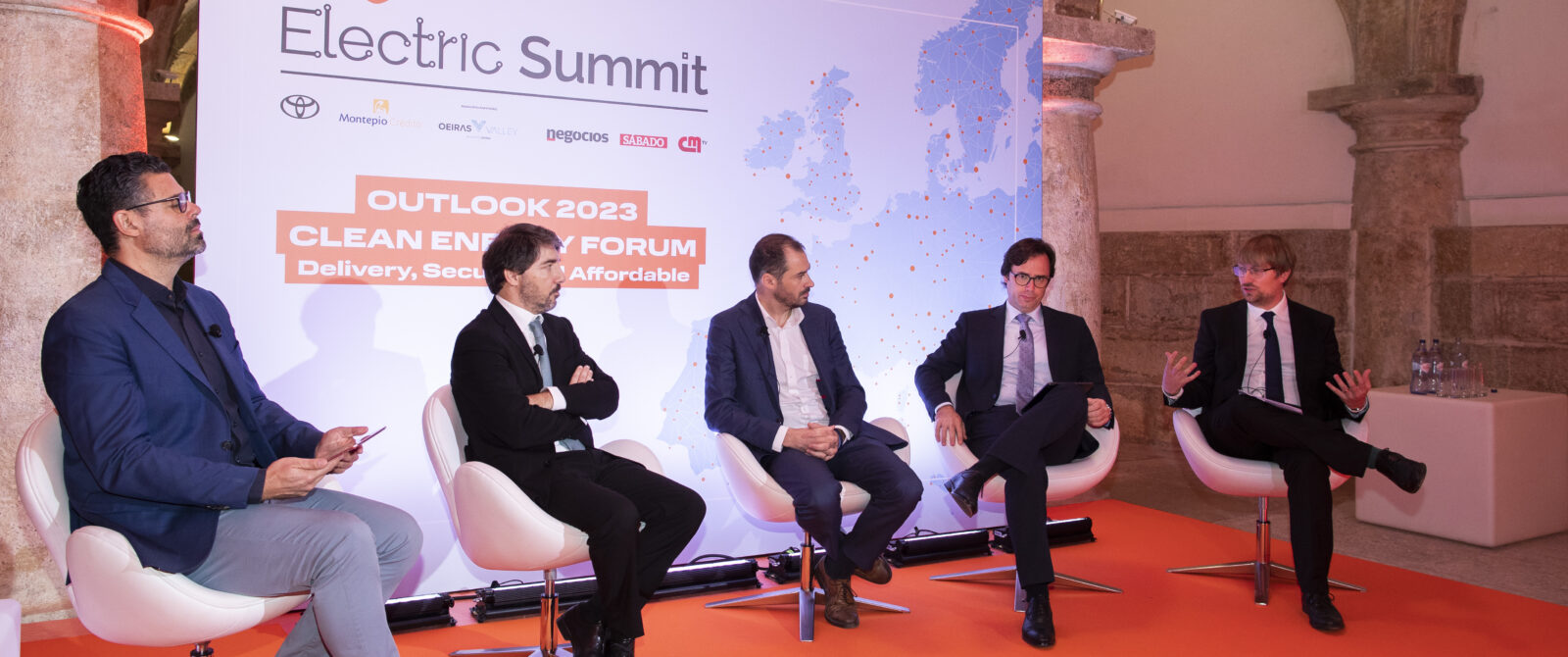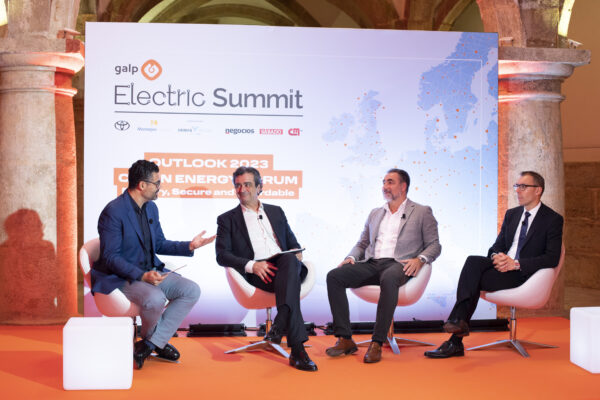The economics of energy transition
The first truly global energy crisis was exacerbated by Russia’s invasion of Ukraine. Despite our obvious dependence on fossil fuels, increasingly large investments continue to be made in renewables. International experts from the sector used the “Outlook 2023: Clean Energy Forum” to explain how this transition economy will unfold and to identify the obstacles which lie ahead.
Energy security and affordability will be the main issues during the next stage of energy transition, according to Wood Mackenzie’s “Energy Transition Outlook”. How will we negotiate the worst global energy crisis in recent history, and meet immediate fossil fuel needs in Europe and the rest of the world with winter at our doorstep, while at the same time meeting decarbonisation targets?
The “Economics of Energy Transition” panel at the “Outlook 2023: Clean Energy Forum” comprised Peter Zeniewski, an Energy Supply and Investment Outlook analyst, at the International Energy Agency; Lee Hodder, head of Strategy and Chief Sustainability Officer at Galp; Nelson Lage, president of the European Energy Network & ADENE, and António Almeida, the principal advisor of the Public Sector Division for Portugal at the European Investment Bank (EIB).
Galp, one of the main international players in the renewables market, regards this geopolitical point in time as “a chance to go quicker, not slower” on energy transition, as highlighted during the debate by its head of Strategy and Chief Sustainability Officer, Lee Hodder. But the European Union is facing a trilemma: “Security, sustainability and reliability” in the production and distribution of new energy sources.
Says Hodder, “This is potentially the first of a number of energy crises we could have on the road to net zero”, with regard to the global targets of achieving a world free of pollutant emissions by 2050. “We have to go as fast as we can on electrification. Companies like Galp are doing that: right now only about 20% of our energy mix is from electrification and even many outlooks by 2050 are still only looking at around 50% with the other 50% from low-carbon fuels.”
According to Hodder, Galp’s entire current strategy is based on a belief of an accelerated transition. Although the company continues to invest in oil and gas, “if you look at our investments between 2021 and 2025, we’re already directing around 50% of our investments to lower carbon fuels, which industry-wide is quite a substantial amount.”
He states that Galp “is already the third largest solar producer in Iberia.” The company hopes to grow from its current production of 1.3 GW to 4 GW in 2025 and 12 GW in 2030, in other words, “an almost 1000% growth this decade.” It’s also already the largest EV mobility charging point provider in Portugal, and has just become the “fastest-growing solar energy distributor.” “We’re talking about installing 8000 to 9000 locations with their own solar panels in Iberia to be able to self-generate.” Furthermore, the company “will invest heavily over the next decade” in clean hydrogen at Sines to “convert a traditional oil and gas refinery into a clean energy park.”
An EIB package to speed things up
But the EIB has more new measures to accelerate the transition to green energies throughout the 27 Member States. The EIB usually used to fund up to 50% of the cost of a renewables project, but now, with other commercial and development banks brought to the table, this funding could reach “up to 75% of the total cost, as long as it supports REPowerEU objectives.” Such projects could be power grids, renewable energies and PV panel infrastructure installation, among other things.
The REPowerEU plan, the European Union’s response to Russia’s threat to cut off its supply of natural gas and other fossil fuels, is for the most part based on renewables being the key to Europe’s energy independence.
The last balance report in the International Energy Agency’s (IEA) “Energy Supply and Investment Outlook” stated that “65 billion euros will be needed, every year until 2027, for the European Union to be able to transition away from Russian gas”, as Peter Zeniewski, the IEA energy analyst, pointed out during the debate.
But all the panellists agree on one thing: that the light at the end of Europe’s tunnel is renewable and green. “The good news is that in 2022 renewable investment continued to grow globally and we see very positive signs across a range of countries: the United States and their Inflation Reduction Act, the European Union and the Fit for 55 and REPowerEU plan, Japan’s GX programme, and India and China adding new renewable goals.”
Peter Zeniewski sums up, “green energy spending is increasing and will double by 2030”. But in order to ensure greater energy security in Europe, “we have to reduce our dependence on coal”, which means securing funding so that all production units in China and India are replaced by green energy plants.
Cooperation among agencies
The economics of transition is dependent upon there being a stable legal framework in place in the EU and upon support from private investors funding solar energy storage and battery technology to overcome intermittent energy sources such as solar and wind. Lee Hodder was pleased to announce that Galp, for example, “is developing one of the first lithium refineries in Europe to produce a product that can then go into a European-made battery value chain.”
We can’t slacken the pace on our journey towards energy independence. Just in case there was any doubt over this, Nelson Lage, president of the European Energy Network & ADENE, reminds us that “we are experiencing the worst energy crisis in our history. Europe really has to make an effort because it imported 40% of Russian gas in the last six years.”
He underlined that Europe is responding with several programmes and measures, beyond REPowerEU, with all 27 Member States submitting an energy savings plan. “The issue isn’t this winter, it’s next winter.”
According to Nelson Lage, there is good cooperation between the 24 energy agencies which comprise the European Energy Network. “If we want to accelerate energy transition, energy agencies are crucial to this work.” And this means “accelerating investments in energy and in industry, we need to invest in families and give them a quick response to their energy needs, and invest in institutions.”
For the EU’s “climate bank”, the EIB, the tendency is towards investing in solar power projects, specifically in the Iberian Peninsula, and also in green hydrogen. “We see an increasing amount of projects being announced, but what we’re not seeing yet is final investment decisions being taken. The EIB is keen to support green hydrogen. This year, we financed a project for about 15 million euros, a green hydrogen plant dedicated to fertilizers, including a 100 megawatt solar project. It’s a smaller project but it demonstrates that we are keen to finance green hydrogen as this sector as a key one in energy transition.”
The expert panellists all agree on the need to improve the legal and regulatory framework regarding clean energies in the EU, “to make the life of investors easier”, as pointed out by António Almeida, but also to accelerate the pace of transition.











